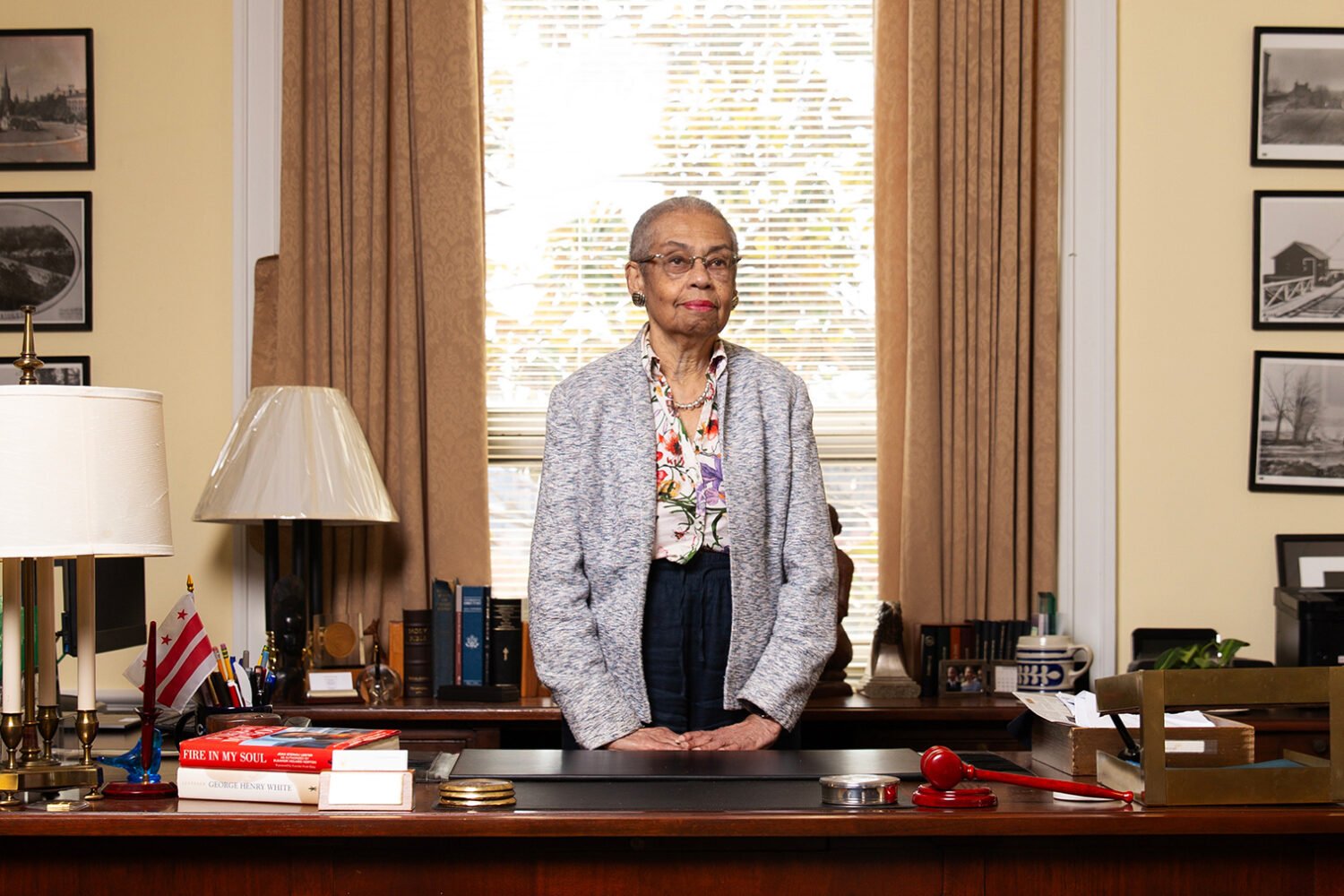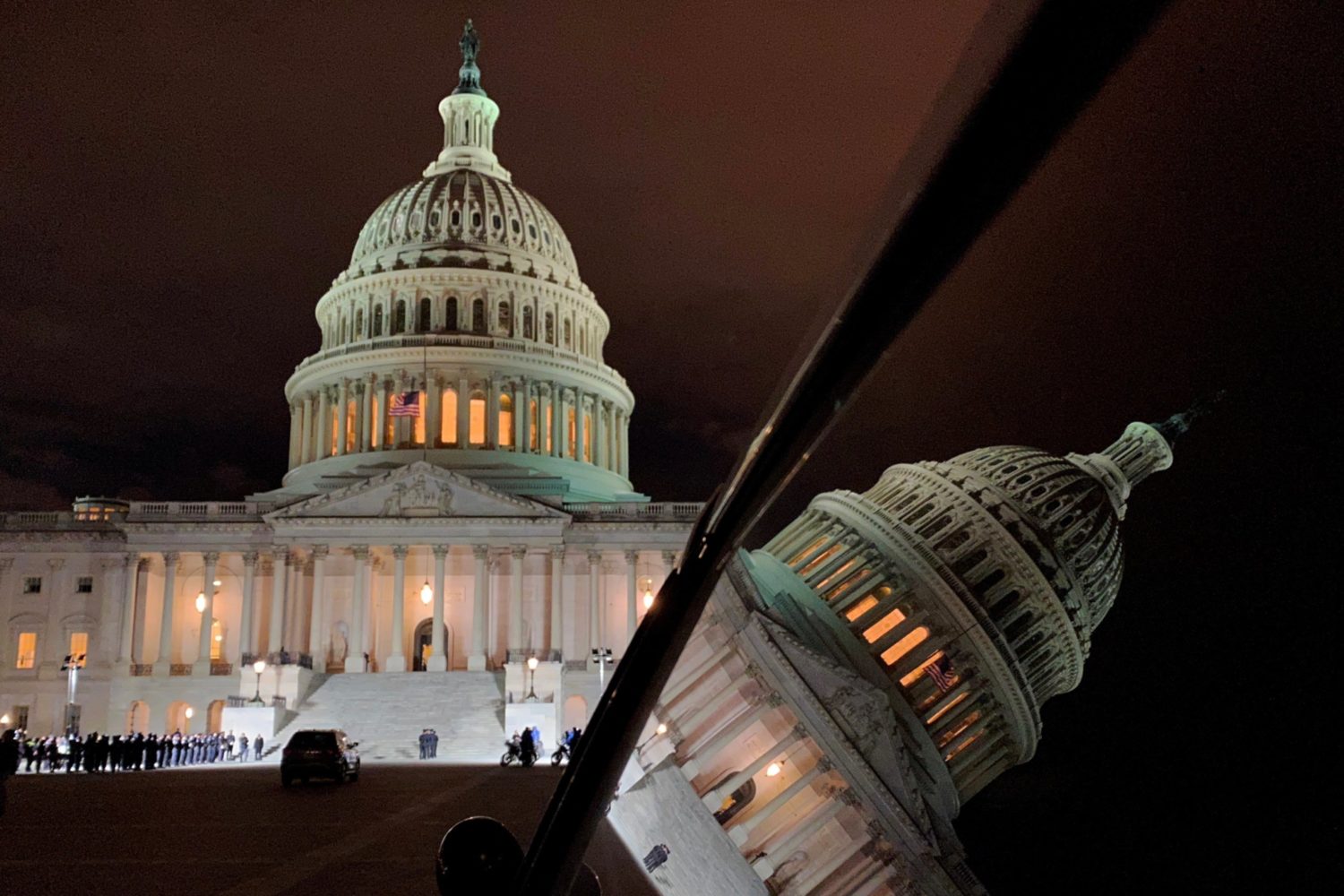The old joke goes: If the opposite of “pro” is “con,” then the opposite of progress must be Congress. For employees on Capitol Hill, that adage may ring true in their workplace, where some policies can feel of another era. However, the House Administration Subcommittee on Modernization is making an effort to bring their office into the 21st century. We spoke to committee chair Stephanie Bice, a Republican from Oklahoma, and ranking member Derek Kilmer, a Democrat from Washington, about their solutions for four workplace problems.
The problem: a disorienting start
Everyone has a story about feeling lost at a new job, and that’s without having to learn terms only familiar to habitual C-SPAN viewers and political science majors. Bice served in Oklahoma’s state senate before coming to DC, but she says that incoming representatives without a legislative background are often bewildered on the House floor during their first term. “We got a high-level overview during orientation week,” says Bice. “But it was maybe an hour, hour and a half.”
The solution: bipartisan bus rides
While orientation may not be enough time to learn all the intracracies of parliamentary lingo, it should at least be a time to bond with your colleagues, conviviality being famously lacking in the House in recent years. Kilmer shares that he once consulted a college football coach who turned around a losing team for insights on how to improve morale on the Hill. After hearing that new members of the House travel to orientation in separate buses split by party, the coach suggested they mix the groups together—an idea the committee is now recommending.
The problem: finding a replacement
Traditionally, people give two weeks notice when they quit a job so their former employer can hire a replacement and keep business running smoothly. But because Congress’s hiring manager is the American people, it takes much longer than two weeks to fill a vacant seat in the House. (For example, controversial former congressman George Santos was expelled from the House on December 1; his replacement, Tom Suozzi, won’t be sworn in until February 28.)
With 435 seats in the House, a vacancy for one or two members typically isn’t enough to interrupt daily business (though it does impact representation). But when power is held by a razor-thin margin—including the current House, where Republicans hold a six-seat majority—open seats matter a great deal. Kilmer notes that if a tragedy such as the 2017 Congressional Baseball Game shooting or the 2018 GOP train derailment had gone even worse, it could have lead to the other party holding the Speaker’s gavel until all seats were filled. “The potential to incentivize political violence like that is terrifying,” he says.
The solution: a list of possible replacements
Kilmer is proposing all newly-elected members create a list with the names of potential appointees, should they be incapacitated while in office. The list would then go to their state governor. For Kilmer’s suggestion to go into effect, there would have to be a constitutional amendment.
The problem: running around with papers
Until a few weeks ago, the process of gathering signatures on bills was still done primarily on paper. Often, it would be a staffer’s task to run around the sprawling Capitol complex, searching for potential co-sponsors.
The solution: going digital
The House recently switched to a primarily online process for drafting and gathering signatures, with tracked changes and locked PDFs replacing pen and paper. And it’s now easier to find potential cosponsors: Bice says they recently introduced a tool to alert members of Congress when they’ve been booked for multiple meetings at the same time so they can better organize their schedules for activities such as, say, drafting or signing bills.
The problem: no place for work lunches
According to Bice, Congressional staffers have grown accustomed to work lunches taking place at the Capitol complex Dunkin’ Donuts. Why? Coworking space is limited in the House office buildings, so those working with staffers from other offices are often forced into makeshift workspaces, the Capitol cafeteria being another.
The solution: a new coworking space
To alleviate the issue, the subcommittee set up a coworking space earlier this month in the fourth-floor alcove of the House’s Cannon Office Building. It’s only a pilot program for now, but both Bice and Kilmer hope it has the potential to help ease some of the the partisan tension permeating the Capitol building nowadays.
“I hope part of the legacy of the committee is that it doesn’t have to be that way,” says Kilmer, who is retiring at the end of this term. “If you want things to be different in Congress, then do things differently in Congress.”



















